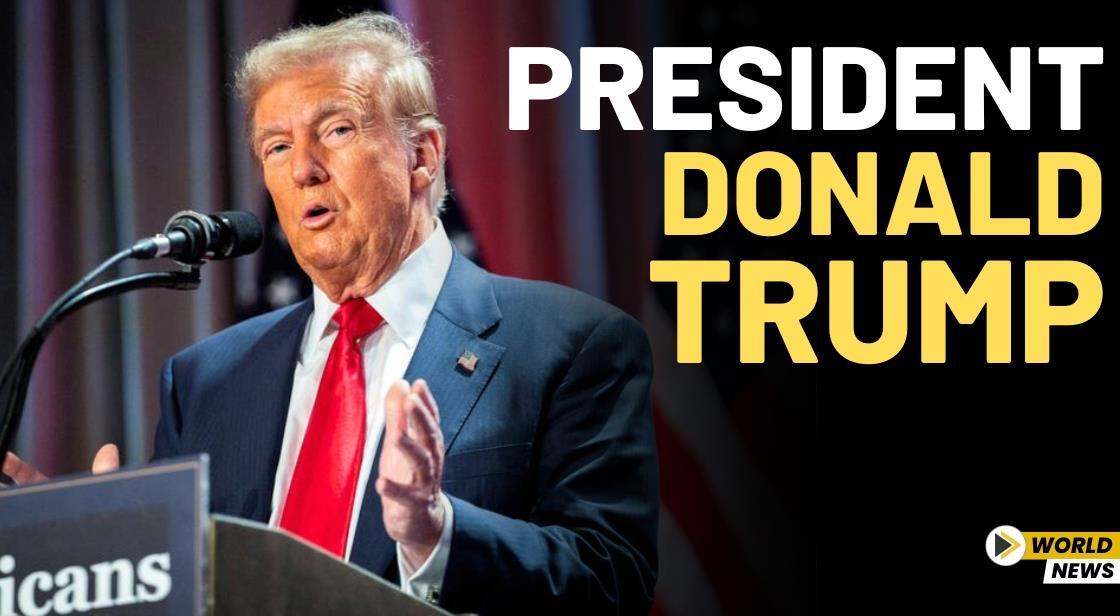US Doubles Steel and Aluminium Tariffs to 50%: How It Impacts India

News Synopsis
The United States has significantly increased import tariffs on steel and aluminium, raising them from 25% to 50%, effective June 4. This decision, intended to bolster American steelmakers and domestic manufacturers, could have global trade repercussions.
The United Kingdom is exempt from this hike due to an existing trade pact with the US. The announcement came after US Commerce Secretary Howard Lutnick submitted a revised report on the sectors' condition.
"I doubled the rates after receiving new information about the sector from Commerce Secretary Howard Lutnick," US President Donald Trump stated.
Limited Direct Impact on India, But Experts Urge Caution
According to CA Jashan Arora, Director at Master Trust Group, India may not face immediate damage:
"The direct impact is limited since India exports only a small share of its steel to the US. However, Indian companies with US operations may be slightly cushioned if they produce locally."
Yet, experts caution about indirect consequences stemming from global trade realignments and pricing fluctuations.
Risk of Cheap Chinese Steel Flooding Indian Market
One of the major concerns is trade diversion. "Yes, that’s a major risk. With the US market less accessible, China may divert its surplus steel to other countries, including India," Arora explained.
This could result in a glut of inexpensive steel in India, depressing prices and impacting profit margins of Indian manufacturers.
India has responded with a 12% safeguard duty, introduced in April 2025, aimed at protecting its domestic market from such redirections.
India’s Policy Response Appears Effective So Far
Dr. VP Singh, Programme Director for Economics at Great Lakes Institute of Management, believes the Indian government’s preemptive action is showing positive results.
"Steel supply glut in India is very unlikely. The Indian government has taken preemptive steps to prevent trade diversion. As a result, steel imports in April 2025 fell by 11.3% compared to the same month last year."
The reduced imports led to a rise in domestic steel prices, with leading manufacturers increasing rates by Rs 2,000 per tonne.
Rising Prices Raise Consumer Concerns
While producers benefit from these developments, Singh highlights risks for end-users:
"With the safeguard duty in place, domestic firms are making higher profits. There is now talk of increasing the duty to 24%. But who will protect the consumers?"
India’s annual finished steel demand is around 136 million tonnes, with production at 102 million tonnes. This supply gap leaves room for cautious optimism amid trade shifts.
Tariff Hike May Help and Hurt India Simultaneously
Interestingly, Singh also pointed out that excess steel from other countries could be advantageous for India,
“The extra supply of cheaper steel might actually help India, without harming local companies too much.”
He added that although US steel prices will rise initially due to tariffs, “Trump is more focused on bilateral trade. We may soon see new trade deals between the US and other steel-supplying countries. After the initial increase, steel prices in the US are likely to become stable.”
Long-Term Vision for Indian Steel Industry
While India aspires to become a global steel manufacturing hub, Singh believes consistent protectionism could be a roadblock:
“To achieve that dream, Indian steel producers need to stop asking for protection from imports,” he said.
Government Acknowledges Minimal Direct Impact
Despite the changes, India’s Union Minister HD Kumaraswamy acknowledged that the effect on India’s exports would be negligible.
"Minor impact will be there... A minor problem is there because we are not exporting in a big way," he noted.
Conclusion
The US decision to double tariffs on steel and aluminium imports to 50% is a significant policy move aimed at protecting its domestic industries. While India may not face direct repercussions due to its relatively low export volume to the US, experts highlight the risks of trade diversion, particularly from China.
Such a diversion could flood the Indian market with cheap steel, potentially undercutting domestic producers. However, the Indian government’s timely introduction of a 12% safeguard duty in April 2025 appears to be mitigating these risks, as evidenced by a notable drop in imports and a rise in domestic prices. While this benefits manufacturers, concerns about rising costs for consumers remain.
The situation presents both a challenge and an opportunity for India — to strengthen its domestic capacity and rethink its protectionist stance if it aims to become a global steel powerhouse. The evolving global trade dynamics now demand a balanced and forward-looking strategy from Indian policymakers.
You May Like









